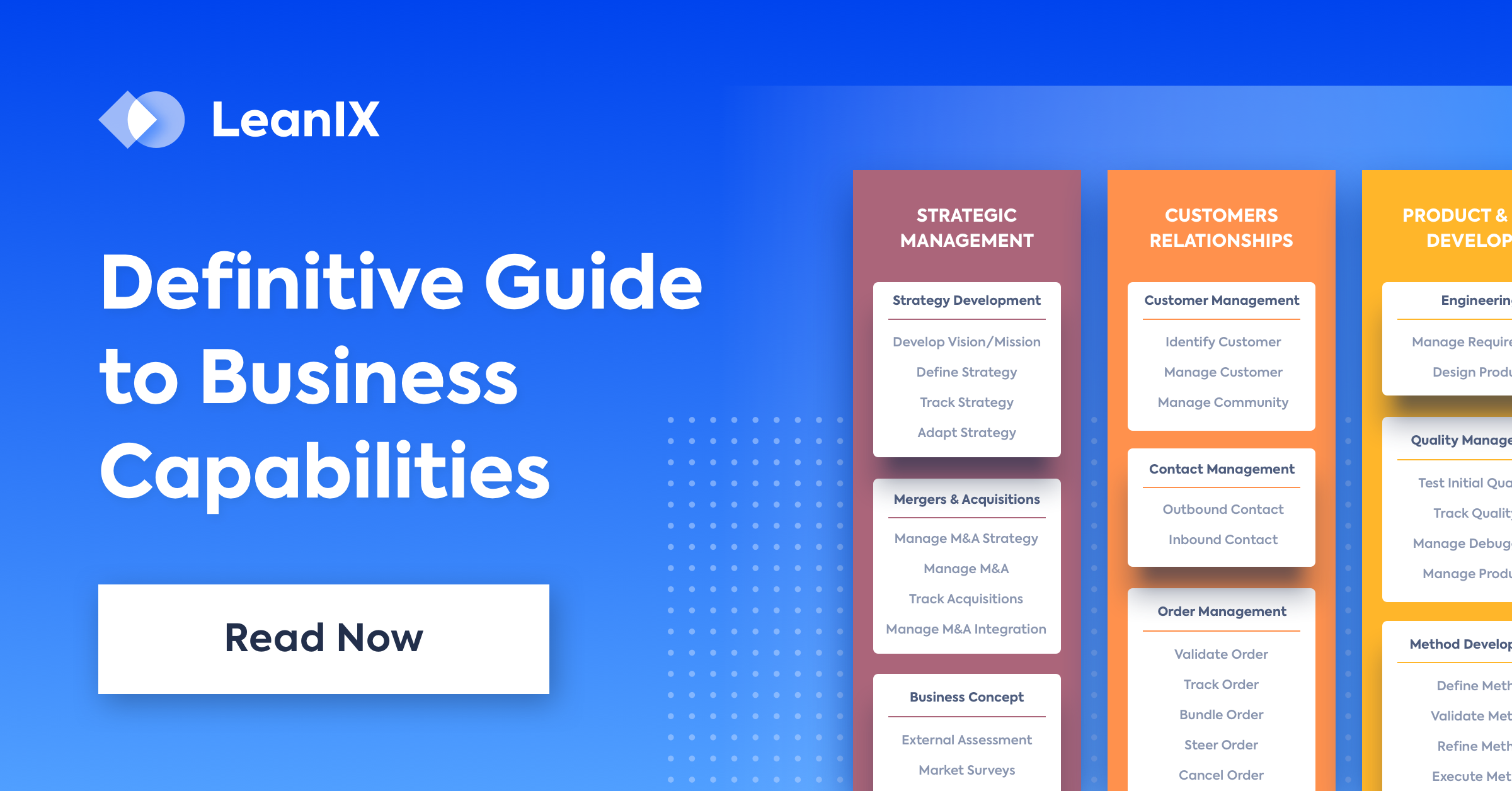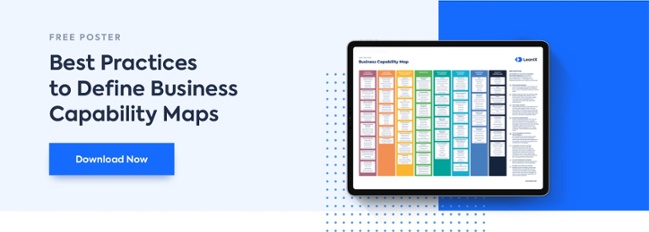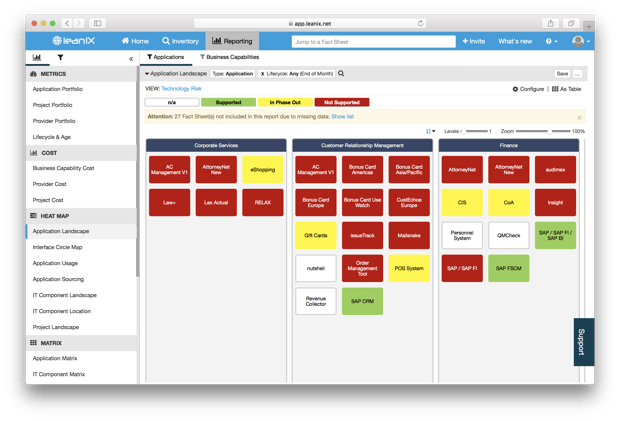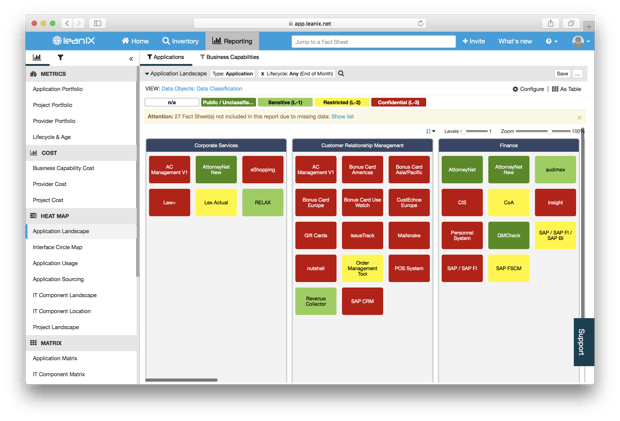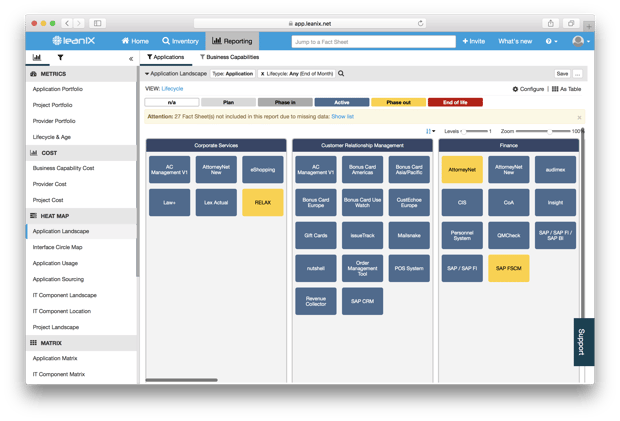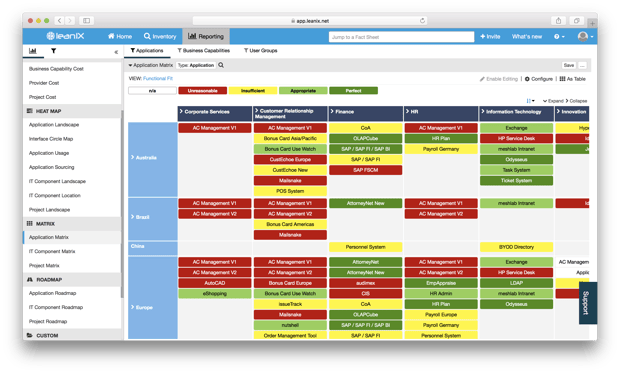
Business-capability mapping allows companies to clearly see what a business does to reach its objectives. Business capability modeling is an essential view for IT leaders. Business needs should shape your IT architecture. As companies change, innovate, and prepare for digital transformation, processes, needs, and goals change. After complex and numerous changes, the supporting technology should also be revisited.
Business Capability Benefits
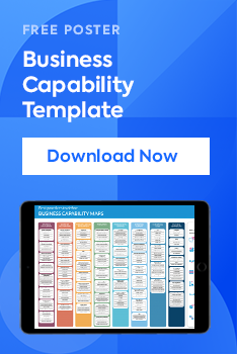 The Business Capability view brings many benefits. With business capabilities, you may link execution to strategy, by associating which capabilities support the strategy pillars, aligning funding to core capabilities, and assigning, measuring and monitoring key performance indicators. Focusing on core capabilities gives your company a competitive advantage, allowing you to standardize the context capabilities and outsource the commodity capabilities. Having a 360-degree view of the enterprise gives you a coherent and comprehensive view of business motivation, capabilities, processes, data, and resources, and gives you the ability to understand interconnectedness, overlaps, and synergies.
The Business Capability view brings many benefits. With business capabilities, you may link execution to strategy, by associating which capabilities support the strategy pillars, aligning funding to core capabilities, and assigning, measuring and monitoring key performance indicators. Focusing on core capabilities gives your company a competitive advantage, allowing you to standardize the context capabilities and outsource the commodity capabilities. Having a 360-degree view of the enterprise gives you a coherent and comprehensive view of business motivation, capabilities, processes, data, and resources, and gives you the ability to understand interconnectedness, overlaps, and synergies.
Business capabilities establish a common language, providing an actionable framework for business and IT. From the overview of the business capabilities, IT and business leaders are able to communicate across the organization tasks that should be fulfilled, devoid of business and technical lingo.
Business capabilities allow for more pointed architecture definitions, as capabilities help to provide a better business definition which leads to effective and efficient technology solutions. Once organized, IT assets may be leveraged and reused many times, which saves costs, and reduces unecessary soft and hardware purchases. Business capabilities help to break down silos, both IT and business. Operating from a capability-centric organization design speeds time to market.
Another benefit, which we will go into more detail below, is that footprint analysis leads to application portfolio rationalization.
McKinsey reports that Business Capabilities can help to uncover redundancies - saving potentials often range from 15 to 20%. Capability-driven thinking helps organizations to understand and mitigate technology risks better, saving an upwards of $590K – which is the is the cost of a single IT incident.
Application Portfolio Rationalization
Application portfolio rationalization is the act of streamlining the existing application portfolio with an explicit goal of improving efficiency, reducing complexity, and lowering total cost of ownership (TCO) through a myriad of processes. Application rationalization sets the basis for other cost-saving endeavors, including software license optimization, application retirement, server optimization, project rationalization, data storage optimization, retiring aged and low-value applications, eliminating redundancies, and standardizing common technology platforms.
Application rationalization, or active application portfolio management, is crucial to the overall health of the company, as there will always be a future event that calls for adjusting the application landscape. Various naturally occurring business events directly contribute to IT landscape complexity, including mergers & acquisitions, global outsourcing, rapid growth, and the introduction of new business goals or processes.
A capability to system/application heat map allows for understanding the footprint, leverage, and redundancy of applications in orchestrating capabilities and processes, which in turn will help enterprises make intelligent portfolio optimization decisions.
Results of Application Portfolio Management:
- License optimization results in 30% savings on licensing costs
- Over 20% of applications are unused and can be retired
- Cost of compliance is 60% lower than the cost of non-compliance
- Infrastructure cost (e.g. physical hardware, databases) can be reduced by 45%
- At least 10% of IT project cost can be avoided by project rationalization
- Operational support cost can be reduced by 20%
- Vendor consolidation can reduce TCO of applications by 22 - 28%
At its essence, Business Capabilities should lie at the top layer of the business architecture. Business capabilities carry three main characteristics. They are the most stable reference for planning organizations, they make strategy much more tangible, and if properly defined, they can help overcome organizational silos.
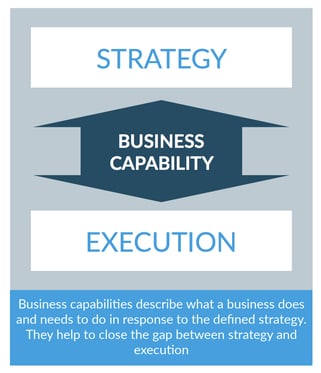
Figure 1: Business capability strategy and execution
If one business capability says “recruit great employees," it involves various people – HR team, the process – attract, screen, interview, hire, and the technology needed – online assessment center, digital personnel file, etc., into one capability of the organization.
Business capabilities form a crucial part of great IT strategies, as they specify the path to winning, and points out the necessary steps of both IT and business along the way.
Create your own business capability model in 4 steps.
1 - Understand the needs
“Know where your company is heading and how IT can help.”
If IT department does not know where the business is heading, it is impossible to make supporting decisions. Therefore, it is a good start to review your company’s strategy and goal documents or even better involve people that define the strategy, like the strategy or corporate development department.
2 – Define your business capabilities
“Business capability syntax: When in doubt, go for breadth rather than depth.”
Think about the major capabilities that your business needs to operate. On the first level (level 1) there should be only a few critical ones. An analysis of the top 100 LeanIX workspaces shows that companies typically use around 7 - 10 capabilities on the highest level. You can build them by thinking both from top-down (what does the company want to achieve) and from bottom-up (what organization, processes and people are in place).

Figure 2: The 4 steps to creating a business capability model
3 - Assess your capabilities
“Not all business capabilities are equal in terms of value for the customer and financial impact.” Not all capabilities are of equal importance., Assess capabilities according to defined criteria as a basis for later analysis and planning.
4 - Link capabilities to applications
“The link between business capabilities and applications creates a bridge between business and IT.” In the final, but equally important step, link your capabilities to your applications. Applications, unlike IT components, are always linkable to a specific business purpose. Business users work with them in order to create value. Therefore, applications are the perfect transit between business architecture and technology architecture. A great way to get a complete overview is to depict business capabilities as nested boxes that contain the assigned applications.
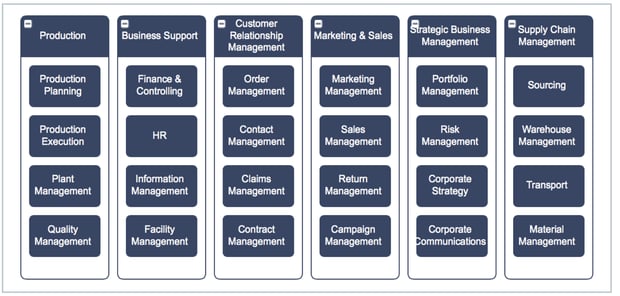
Figure 3: Example of a two-level business capability model of a multinational production company
LeanIX supports the creation of business capability maps. Download our best practices to define business capability maps below.
Business Capabilities support a wide range of analysis
After you have defined your business capabilities and linked your applications, it is time to perform a wide range of analysis. LeanIX allows for the following views:
Figure 4: LeanIX view of the technology risk of applications supporting a certain business capability.
From this screenshot, the business capability "Customer Relationship Management" is being supported by 14 applications and or IT components. We see that an overwhelming majority of the underlying technology are at technology risk.
Figure 5: LeanIX view of the data object classification
From this view, IT and business leaders can see the data object classification for all supporting IT components. In the day and age of GDPR, it is imperative to know the data classification for your IT landscape.
Figure 6: LeanIX view of the lifecycle of applications.
View the lifecycle of each application supporting a business capability.
Figure 7: LeanIX view of the application matrix
This view gives you the functional fit of all applications supporting your business capabilities. Click below to learn more about LeanIX Metrics.
In conclusion:
Business capabilities have the potential to serve as a common language between business and IT. Properly defined, business capabilities can help to save money, decrease risk and enable growth. Best practices show that business capability models of companies with a lean philosophy have around 10 top-level capabilities and two levels of depth. The resulting model can be used to support analyses to align IT investments to strategy, to draw technology risk maps and consolidate IT applications. LeanIX supports these analyses with out-of-the-box best practice reports.
![The Definitive Guide to Business Capabilities [White Paper]: Learn how to create your own Business Capability Model in 4 steps, including useful business capability reports and views! »](https://no-cache.hubspot.com/cta/default/2570476/b092415a-dbc2-4bcf-aeda-77fe552f0bd8.png)

![How Application Rationalization Contributes to the Bottom Line - and a Guide to Do it [White Paper]:Learn everything you need to know about application portfolio management (APM), including best practices, how to get started with APM and a complete guide on application portfolio management. »](https://no-cache.hubspot.com/cta/default/2570476/7208ee2f-46f1-4fa0-a0dd-9a43dbfef8ce.png)
